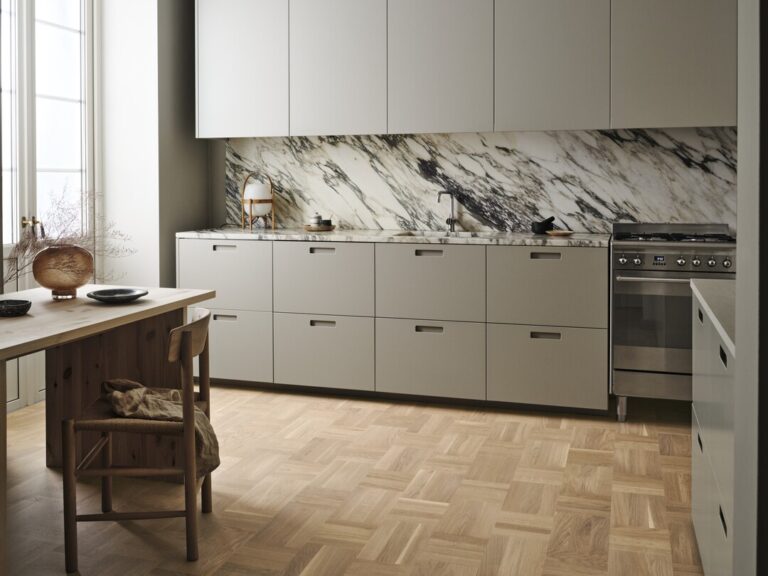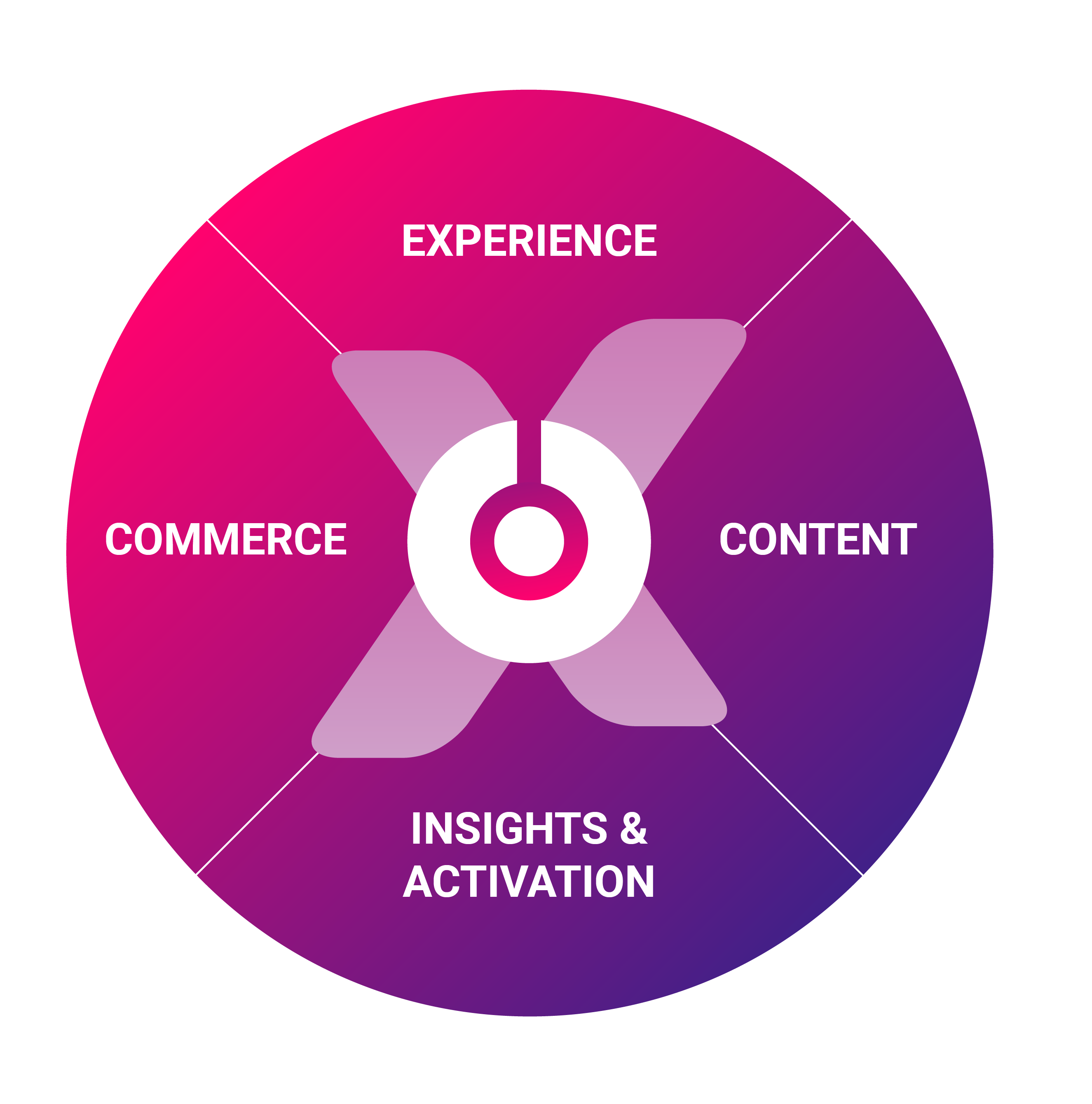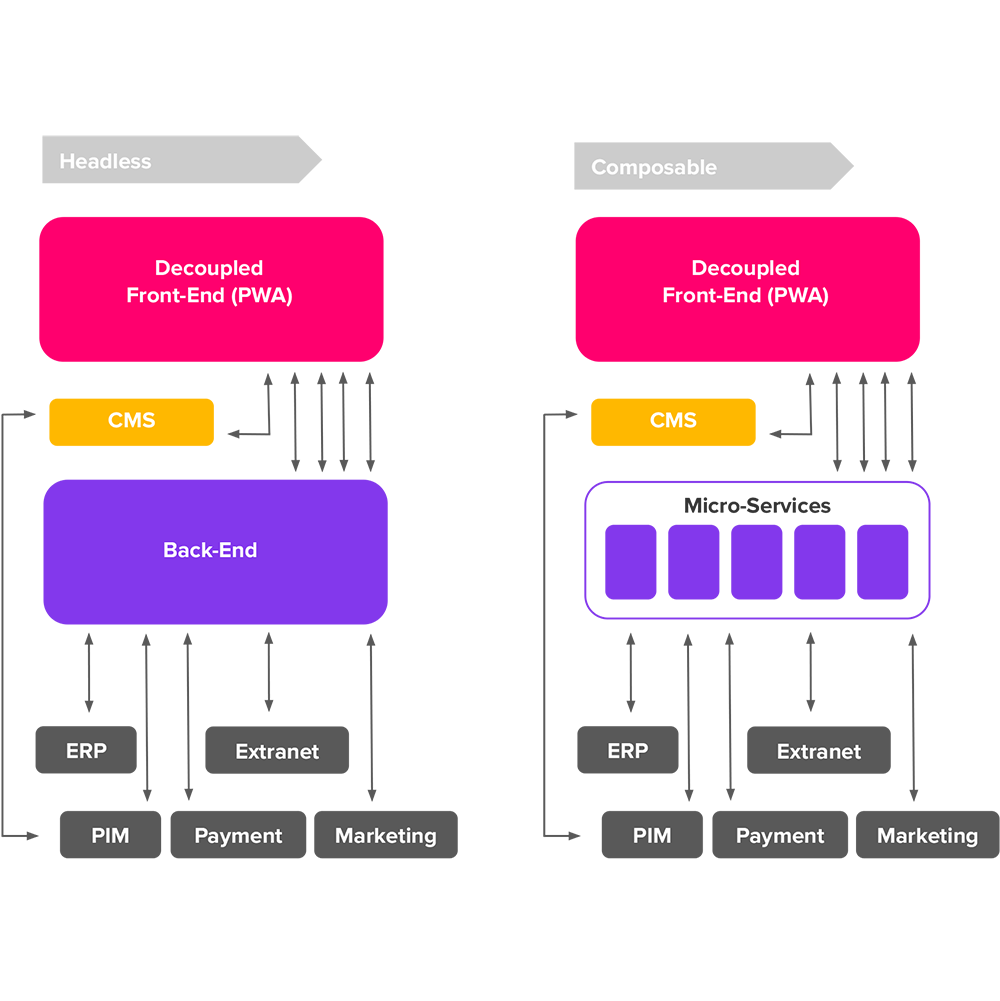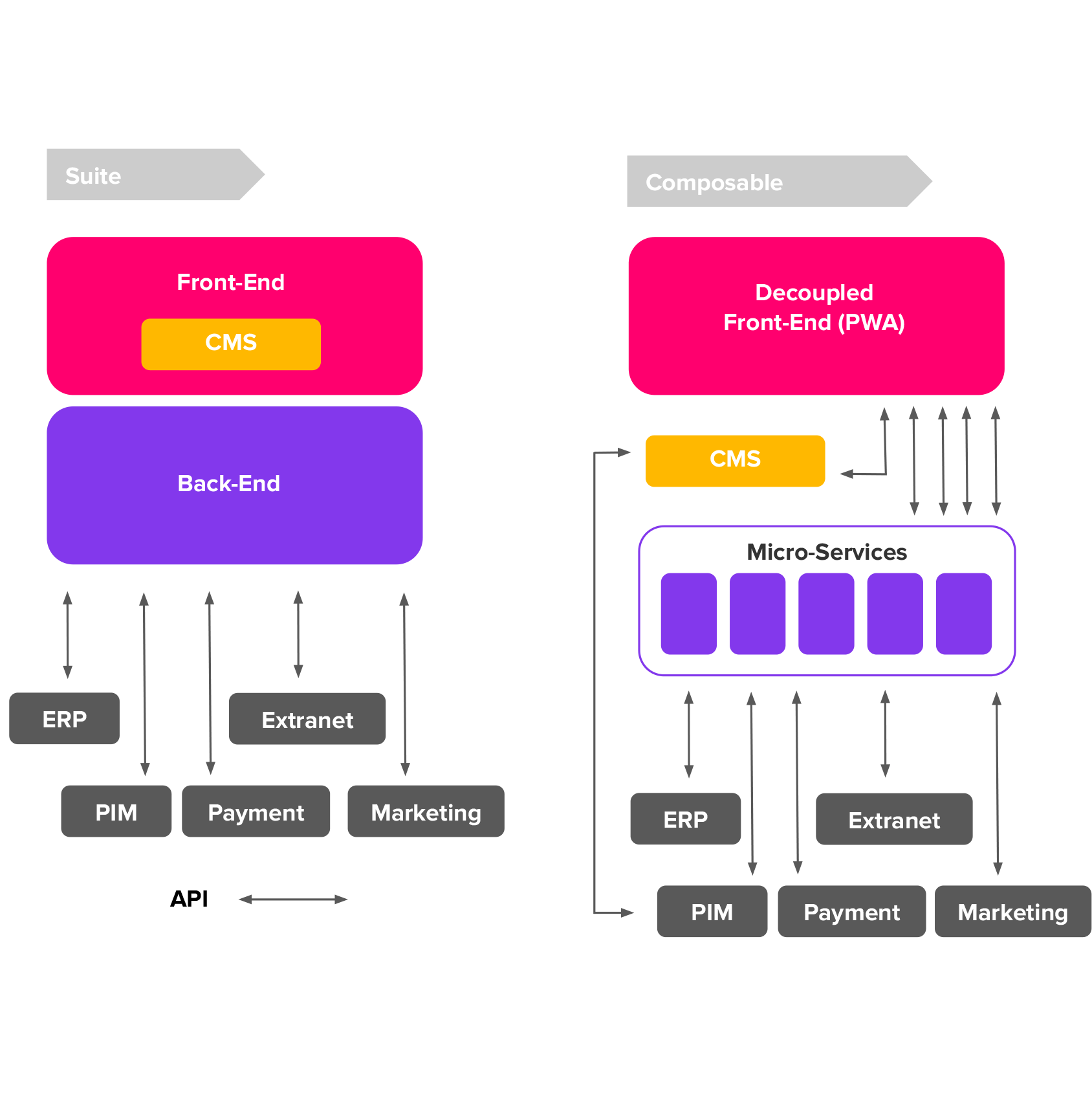Our work
-


Discovery for Tarkett
Tarkett partners with Vaimo to pioneer their D2C ecommerce journey, leveraging over 140 years of flooring expertise for digital transformation.
View project -


Rapala’s headless commerce solution
Vaimo built a new headless solution for Rapala on the Adobe Commerce Cloud platform. The project included a total brand refresh and introduced new modern functionalities.
View project -


Kekkilä-BVB
Discover how Vaimo helped Kekkilä-BVB go from manual to automated product management with Akeneo Enterprise Edition.
View project
















